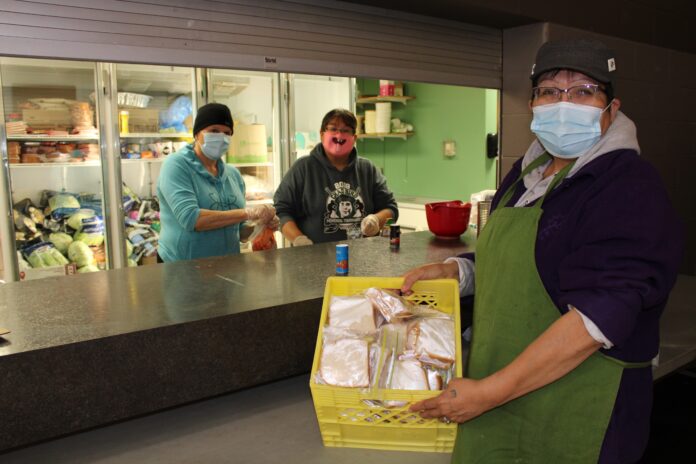
Saskatchewan’s northeast came back online Friday after going all week without power. The power outage affected communities from Christopher Lake north when the Cloverdale Fire in Prince Albert hit the power line that carries electricity to the region.
“It was a difficult week for sure without power because we had about 7,000 of our community members that were impacted. All of our six communities had to deal with a power outage for a whole week,” Lac La Ronge Indian Band Chief Tammy Cook-Searson said.
“We were without power from Monday afternoon, Tuesday, Wednesday, Thursday and then Friday. Now all of our communities are restored to power.”
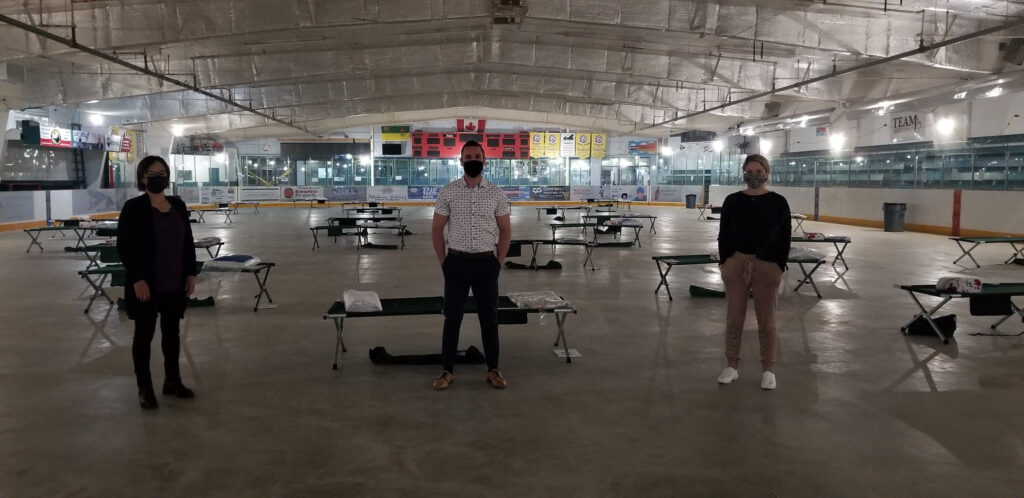
Temperatures dropped to minus 6 overnight in La Ronge and states of emergency were declared across the region. Further north, Stanley Mission was without running water until a generator was brought in.
The tri-communities of Lac La Ronge, La Ronge and Air Ronge set up emergency warm-up shelters overnight and food was served at the Lac La Ronge Indian Band’s Jonas Roberts Memorial Community Centre.
Town of La Ronge chief administrative officer Steve Brown coordinated setting up an overnight shelter at the Mel Hegland Uniplex. He said there was no shortage of volunteers and that healthcare workers made sure pandemic protocols were followed.
“Overall the volunteer response and the community response has just been super impressive in terms of helping out,” Brown said.
“I will give credit to the health authority, they put their might behind this and they came out and they made it as safe as possible.”
No deaths were reported throughout the ordeal — that took the working week to resolve.
Cook-Searson said it was residents coming together and helping each other that got the communities through the week. She described volunteers delivering food, in one case on foot, to help those in need.
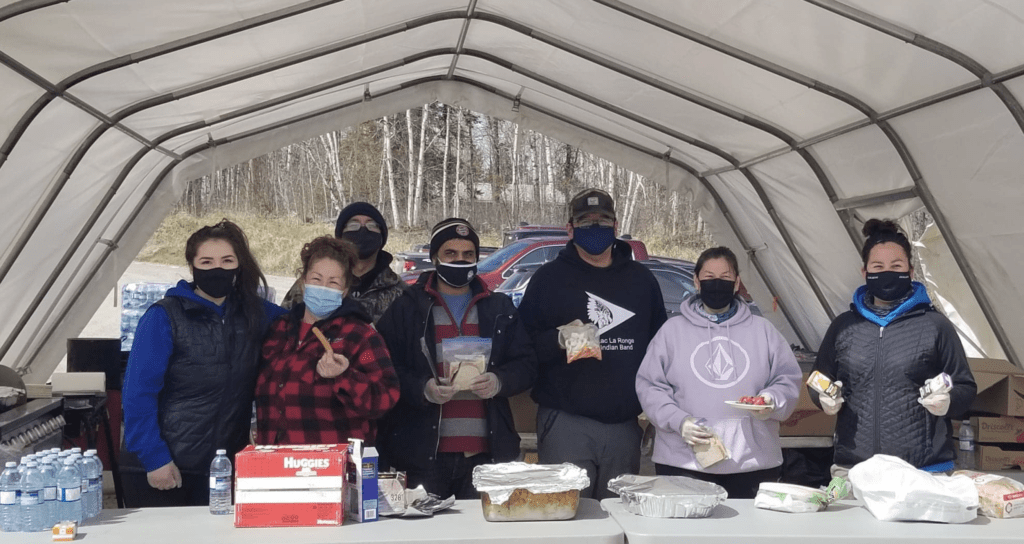
“It’s just really amazing to see neighbours helping each other and just doing our best to help out our community members. Just people coming together — like we always do in the north,” Cook-Searson said.
“There are people that are sick at home and with loved ones helping them — children were bundled up in their snowsuits at home. Hundreds of meals were prepared.”
SaskPower was able to complete repairs to the affected transmission lines and restore service to most customers a little after 9 p.m. on Thursday after repairs were delayed when workers got stuck in a boggy area.
When power was restored it caused a surge that knocked the electricity out again in several communities.
“That sort of cleanup work is pretty common after a large transition outage. When you have one line serving a large geographic area like that,” SaskPower representative Joel Cherry said.
“We don’t necessarily know what sort of issues are on the distribution system until the transition issue is fixed.”
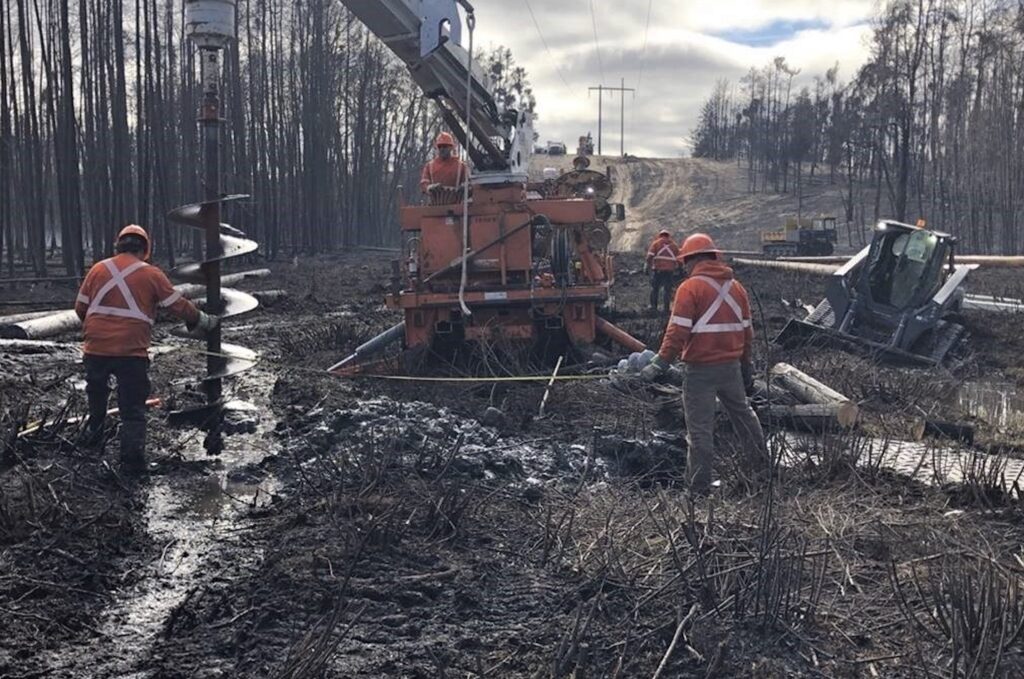
Cherry noted that SaskPower now relies on customers to call in outages as they happen.
That complicated things in Hall Lake, where there is no cellular tower and the community was unable to communicate the second outage right away.
Hall Lake councillor Norman Ross was only able to get in touch with Cook-Searson using a cell phone booster in his vehicle the next morning — and power was restored before 11 a.m. on Friday.
“Power hit Stanley Mission for a couple of seconds and then the power tripped. Then it was on in Hall Lake and we didn’t realize that the power went off in Hall Lake after a couple of hours,” Cook-Searson said.
“Then it also tripped going into Sucker River — and it also tripped going into Grandmother’s Bay. We were in constant contact with SaskPower officials — which was good because we were able to update information in real time as much as we could.”
Cherry said they are making grid improvements in the north a priority this summer.
“A lot of our customers in the north are only served by one transmission line… We have a few transmission lines that go up the main corridor toward the north. So, if the line goes down the community has to stay off until the line’s repaired,” Cherry said.
“We’re certainly exploring options to modernize and reinforce the northern grid so we can minimize some of these events. So, we’re going to be looking at a variety of options over the course of this year.”
He said part of SaskPower’s grid modernization plan is building a “smart grid” so that they can know when the power is out in places like Hall Lake.
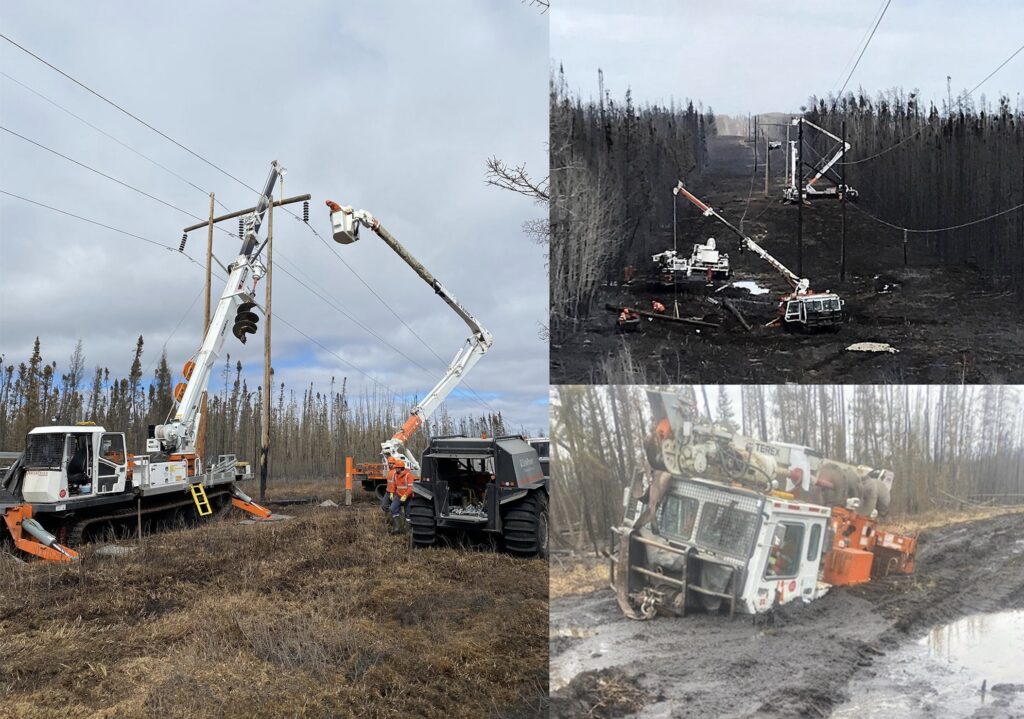
“We’re looking at things like automatic switching at substations. Currently in order to do some of that work we have to physically send people out to these locations to do the work,” Cherry said.
“When you’re dealing with large distances in the north that can be a concern, too.”
Power outages in the north can take longer to fix because of difficult conditions for workers. Crews worked around-the-clock and after 20 hours needed to rest for their own safety.
“This is certainly the longest outage that we’ve had in that area for a while. I wouldn’t call it a common occurrence that we have multi-day outages in the north… It does happen occasionally,” Cherry said.
“In this case this was an act of God.”
La Ronge Mayor Colin Ratushniak described the current state of the power grid in northern Saskatchewan as “unacceptable.”
“I absolutely get that it was mother nature’s act of God with forest fires. You can’t fix something that you can’t get to in a safe manner. However, this isn’t the first time that we’ve had an extensive removal of service — because of different circumstances,” Ratushniak said.
“It was a complete system failure, not in the way that it was repaired, because it was repaired as fast as it possibly could have been. However, the infrastructure and investment that has been in consideration for the north is where the failure happened.”
He said the north needs backup infrastructure and a more integrated grid that would kick in during a power outage — and suggested using hydroelectric power generated in the north.
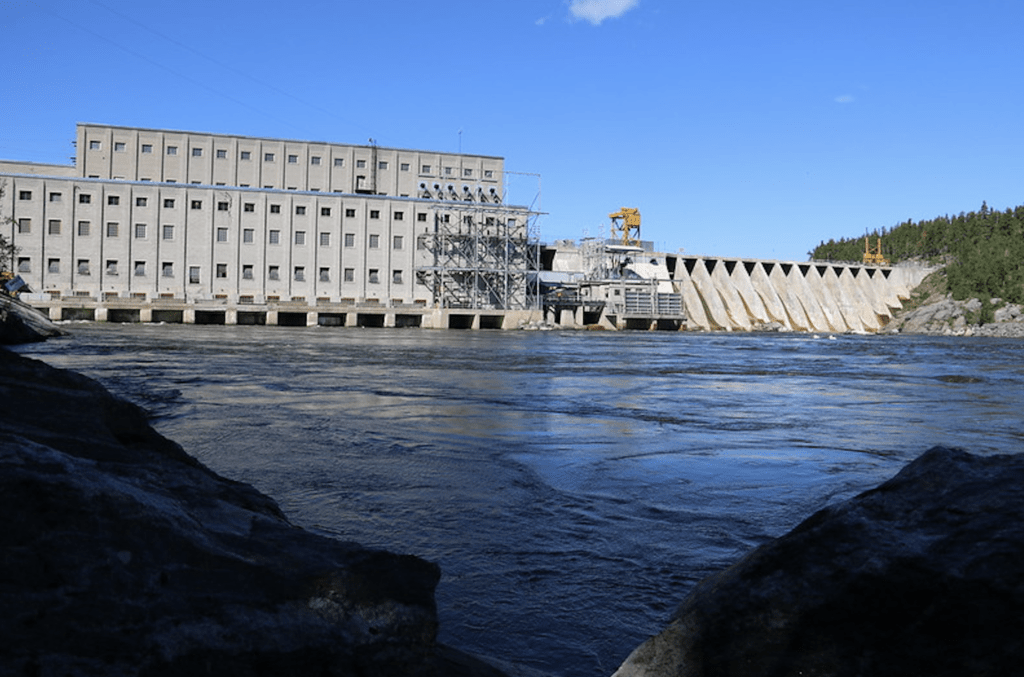
“These are conversations that should have been happening years ago. They say the best time to plant a tree was 20 years ago and the next best time is today,” Ratushniak said.
“So, we need to start having those conversations now.”
Cook-Searson said things have been getting better over the years and that power outages are less common now that new, taller power lines are in place — eliminating the problem of trees falling on the lines and causing frequent outages.
“It’s really improved over the last number of years before those power lines were installed… But of course we can always improve the system,” Cook-Searson said.
“We’ve acquired some more equipment, like generators, so hopefully next time we’re going to be more prepared — because it won’t be the last power outage that we have.”
She said she’s confident things will continue to get better. The band will be moving forward on plans to have a cellular tower installed in Hall Lake that were delayed because of the pandemic.
“We’re going to talk about all the things that we can improve on, because you always learn stuff from whenever you’re in a state of emergency,” Cook-Searson said.
“It’s always the community people that just shine through. Just helping each other out and collaborating.”

